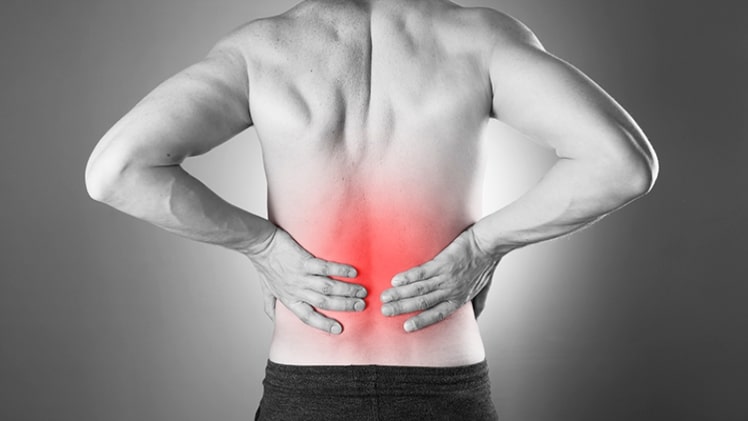The chances are that you have probably missed work or a day in school due to back pain. It is a common problem that almost everyone will experience at some point in life due to an injury or underlying medical problem such as lumbar spinal stenosis. The extremity of the pain differs from person to person, depending on the cause. Mild pain can improve with over-the-counter medication or other home remedies such as hot compresses. Although most back pain gets better with self-care measures, other times, the discomfort may persist, which is why Dr. Jeffery Miller in Tampa recommends diagnosis and advanced treatment.
Causes of back pain
Back pain may occur as a result of:
No matter where you are sitting, whether it be in the car or at your work desk, ensure you have the appropriate back support. Back support for your car and ergonomic office chairs are readily available on the market.
-
Herniated discs
The spine comprises a series of vertebrae supported by small round discs. These discs have an outer membrane called the annulus, which covers the inner contents of the disc. Degeneration may occur due to old age, resulting in a weak spot on the annulus. When this happens, the disc nucleus may bulge into the spinal canal. Since there is limited space in the spinal canal, the bulged disc can press on nerve roots, producing pain.
-
Muscle strain
Your back muscles can stretch or tear because of repeated or awkward movements. Other supportive structures such as the ligaments can also strain when you constantly lift heavy objects. Practicing proper lifting techniques like bending your knees and keeping your back straight when lifting heavy objects can help reduce your risk of strain.
-
Diseases
Illnesses such as osteoarthritis can affect your lower back and result in pain. It is an age-related problem that occurs when the cartilage at joints wears out, causing two bones to run against each other. Other issues such as osteoporosis can also cause back pain. Osteoporosis is also common in older adults and is a condition whereby your bones become brittle and prone to fractures. It is typically a result of vitamin D and calcium deficiency and may also be due to hormonal changes.
Risk factors for back pain
Although anyone can experience back pain, the following factors increase your risk or make you more susceptible to it.
- Obesity. If you weigh more than enough, your upper body exerts much pressure on your lower back, producing pain. Losing extra weight and maintaining a healthy body mass index can significantly help reduce and prevent back pain. Consider eating a healthy diet and engaging in regular physical exercise to shed extra pounds.
- Age. Back pain is more prevalent from age 30 onwards than in children and teenagers—age-related illnesses such as osteoporosis and arthritis are also associated with back pain.
- Smoking. Nicotine in cigarettes causes constriction of blood vessels, limiting blood and oxygen supply in the body, including your spinal area. Because of insufficient nutrients and oxygen supply in your body, bones become brittle and easily fracture. Smoking also interferes with the efficacy of medications prescribed for back pain.
- Lack of exercise. Prolonged inactivity causes your back muscles to become stiff and weak and lead to back pain. It also worsens back pain, and doctors do not recommend more than two days of rest for back pain patients.
If you have constant back pain, reserve a session with your doctor today at the Osteoporosis and Rheumatology Center of Tampa Bay to improve your quality of life.

